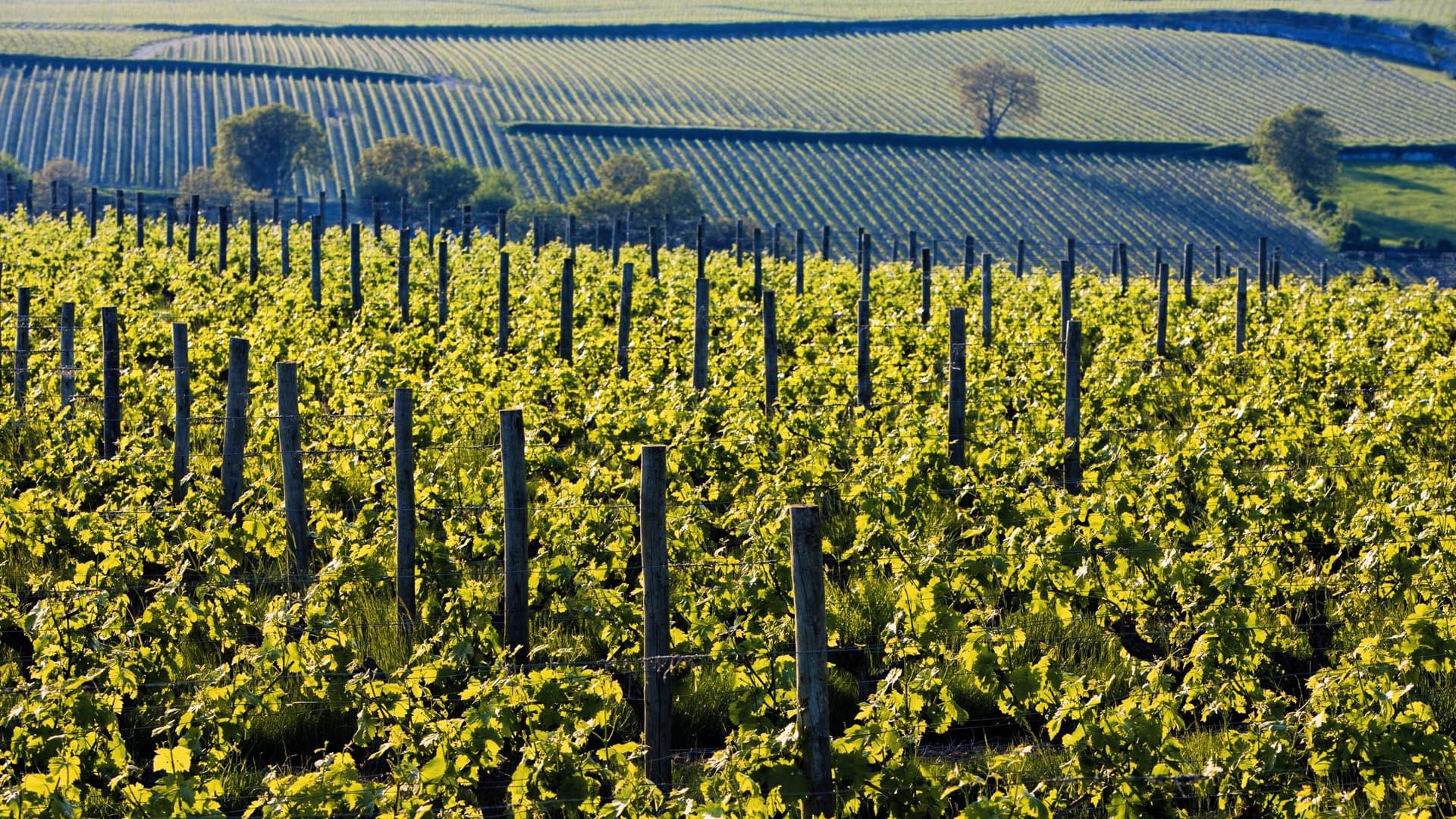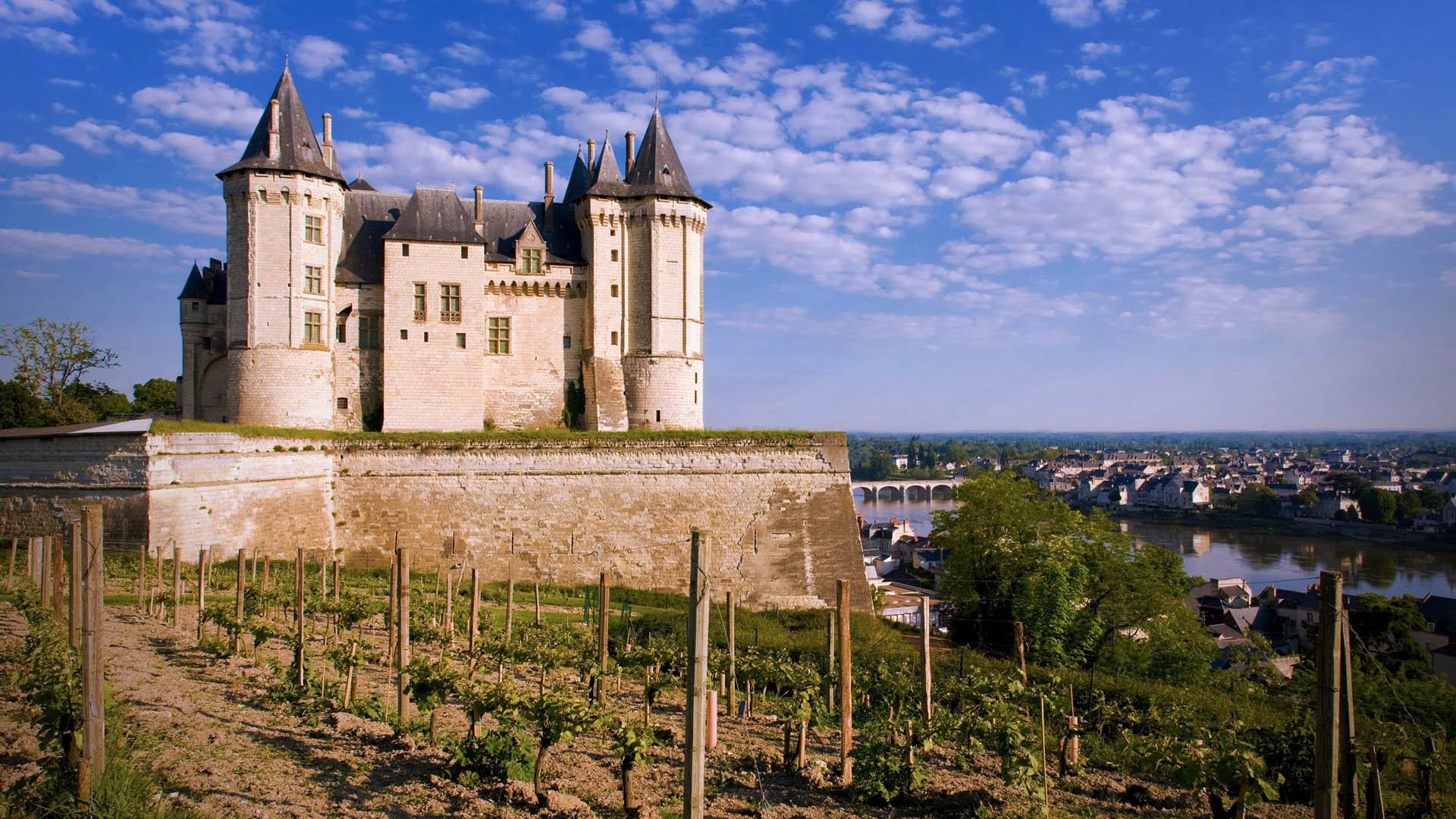Summer palaces and musketeer tastes
The vineyards of the Loire Valley spread over the shores of the longest river in France that crosses the land from south-east to north-west. Loire flows through 12 departments, changing relief, soils, climate conditions and winemaking traditions on its way.
Imagine swimming throw the waters of Loire. Amongst vineyards, one after another you see famous Loire castles that used to be weekend retreats of the kings, dukes and other persons of title. Built from the local snow-white limestone and enriched with lacy carvings, these castles became a calling card of the beautiful old France. Some of them are now national museums, while the Loire valley counts among the UNESCO World Heritage Sites.


Uncommonly long mileage of the region makes for the fact that wines end up very different here. The soil here is of sedimentary origin, rich with limestone and silica with some shale and chalk. To the west lies Nantes town where you can always find fresh seafood that pairs perfectly with light and simple local wine Muscadet. If we move eastwards along the great river, we’ll find ourselves in the place where the most famous rosé is made – Anjou. It’s quite simplistic and a kind of a “pop” wine. If you do want to try it, better go with Cabernet d’Anjou, but definitely not Rosé d’Anjou. That was probably the wine that musketeer Athos scraped by on when he barricaded himself in his cellar. But D’Artagnan definitely preferred the white Anjou.
But we still wouldn’t recommend looking too deep into Anjou wines. Better switch to the most significant appellations of the Loire Valley straight away – the two situated on the very east of the region: Sancerre and Pouilly-Fumé. Pouilly-Fumé is a white wine, made completely from Sauvignon blanc. Of all the Loire wines, this is the most rich and full-bodied. Sancerre can be both white (made from Sauvignon blanc) and red (from Pinot noir). In heaviness Sancerre lies somewhere between full-boided Pouilly-Fumé and very light Muscadet.
It’s in those two appellations of Loire Valley – like nowhere else in the entire world – that Sauvignon blanc really shows itself. The soil varies greatly: from silica to gravel with some limestone and dense layers of clay. All of that influences the wine’s taste and potential. Of course, not all winemakers in these appellations make true wine. We suggest you consider such winemakers as Didier Dageneau with his Silex, Pascal Cotat and François Cotat (both produce Sancerre Les Monts Damnes) and Edmond Vatan who makes Sancerre Clos de la Neore.
Sadly, an abundance of appellations, grape varieties and peculiarities of terroir leads to the fact that most of the wines of the Loire Valley are nothing special and are only suited to drinking in hot summertimes. You can find good enough Crémants here – the sparkling wines, but it’s best if they are made from Chardonnay or Pinot noir. We should also mention the great biodynamist Nicolas Joly who uses Chenin blanc grapes to make Coulee de Serrant – a wondrous wine unlike any other.
But in the end, what brings fame to the Loire Valley are its great white wines made from Sauvignon blanc. But you’ll have to try quite hard to find really fine samples from the multitude of wines in this region!

0 Comments